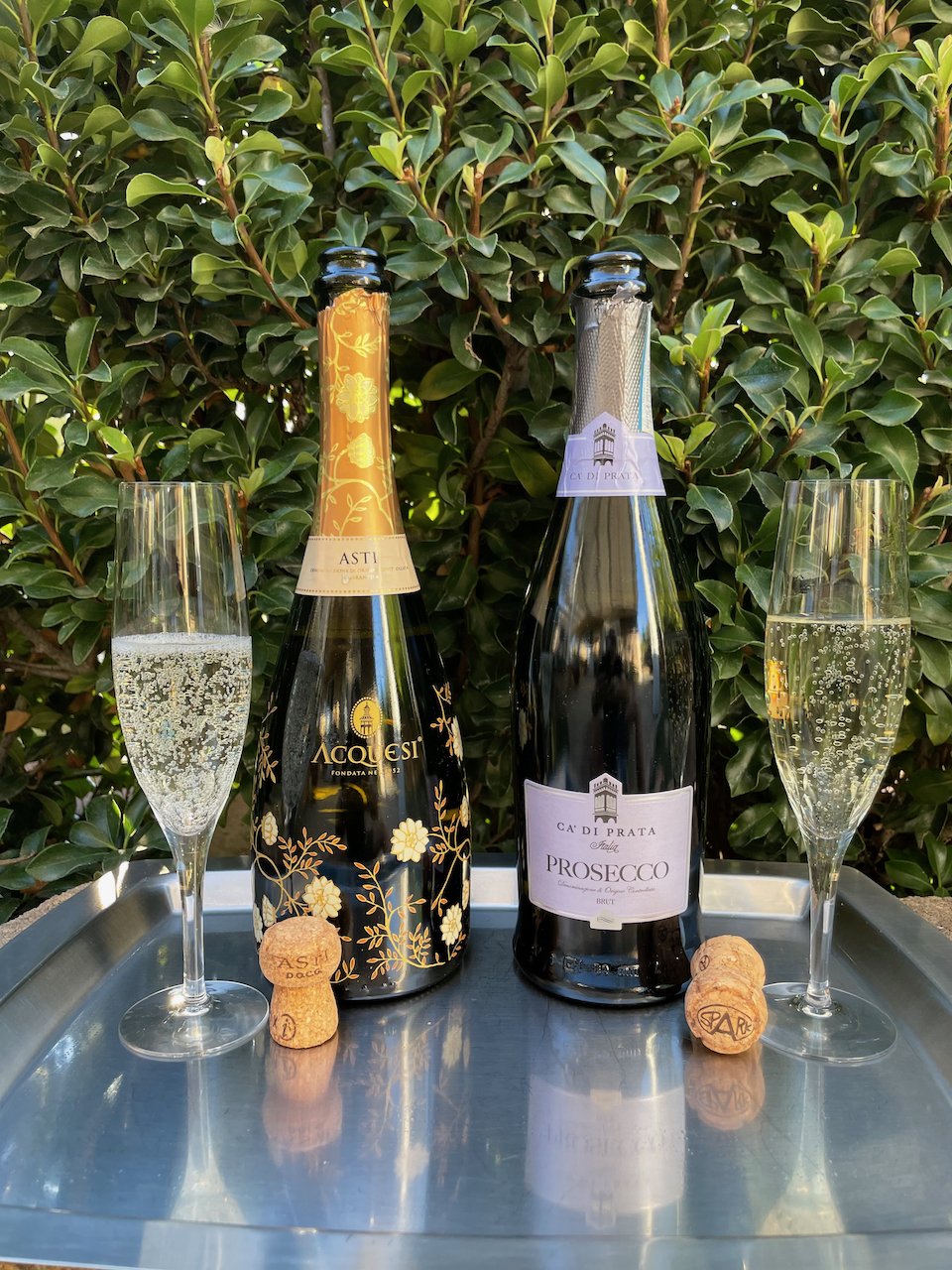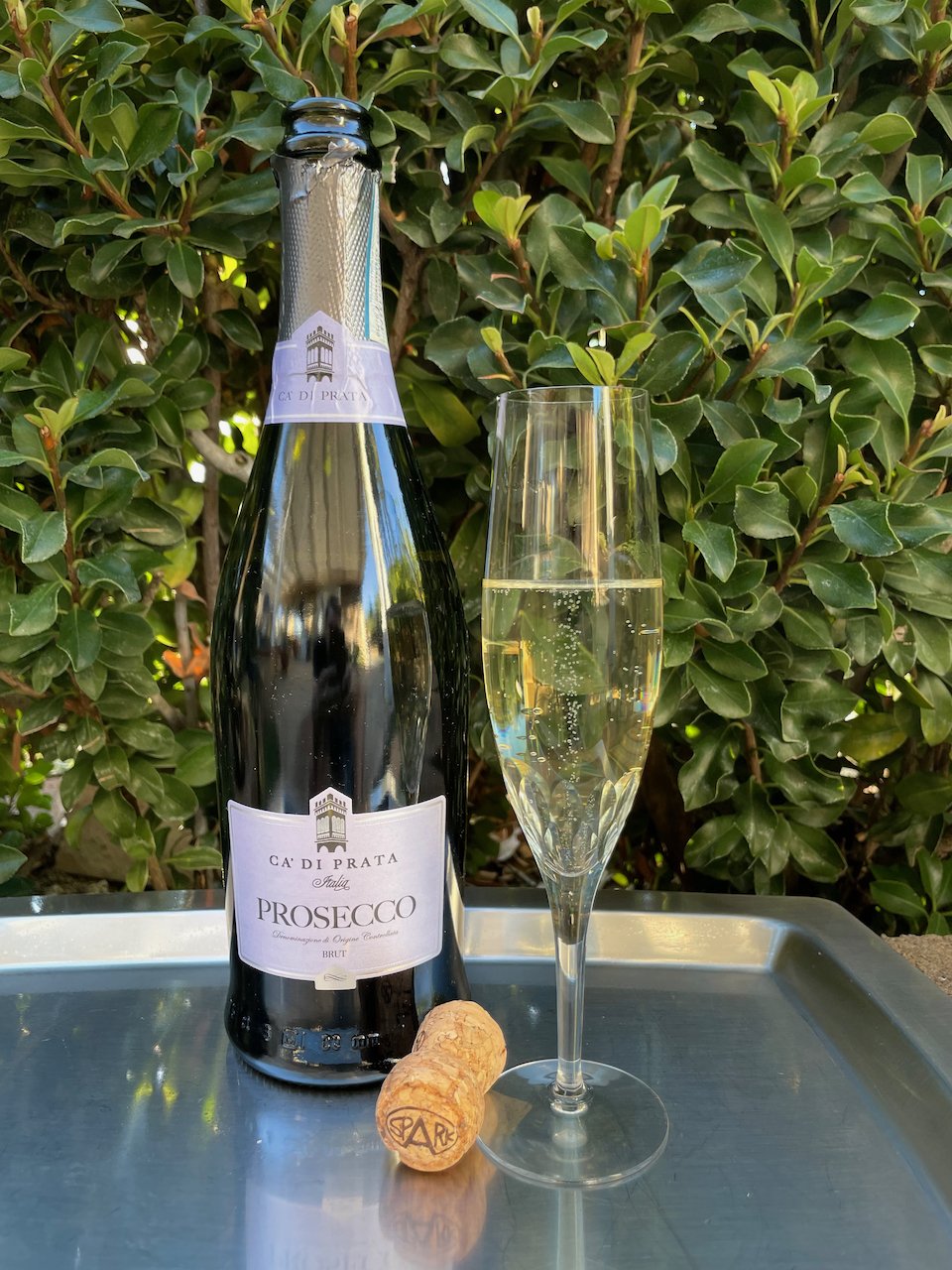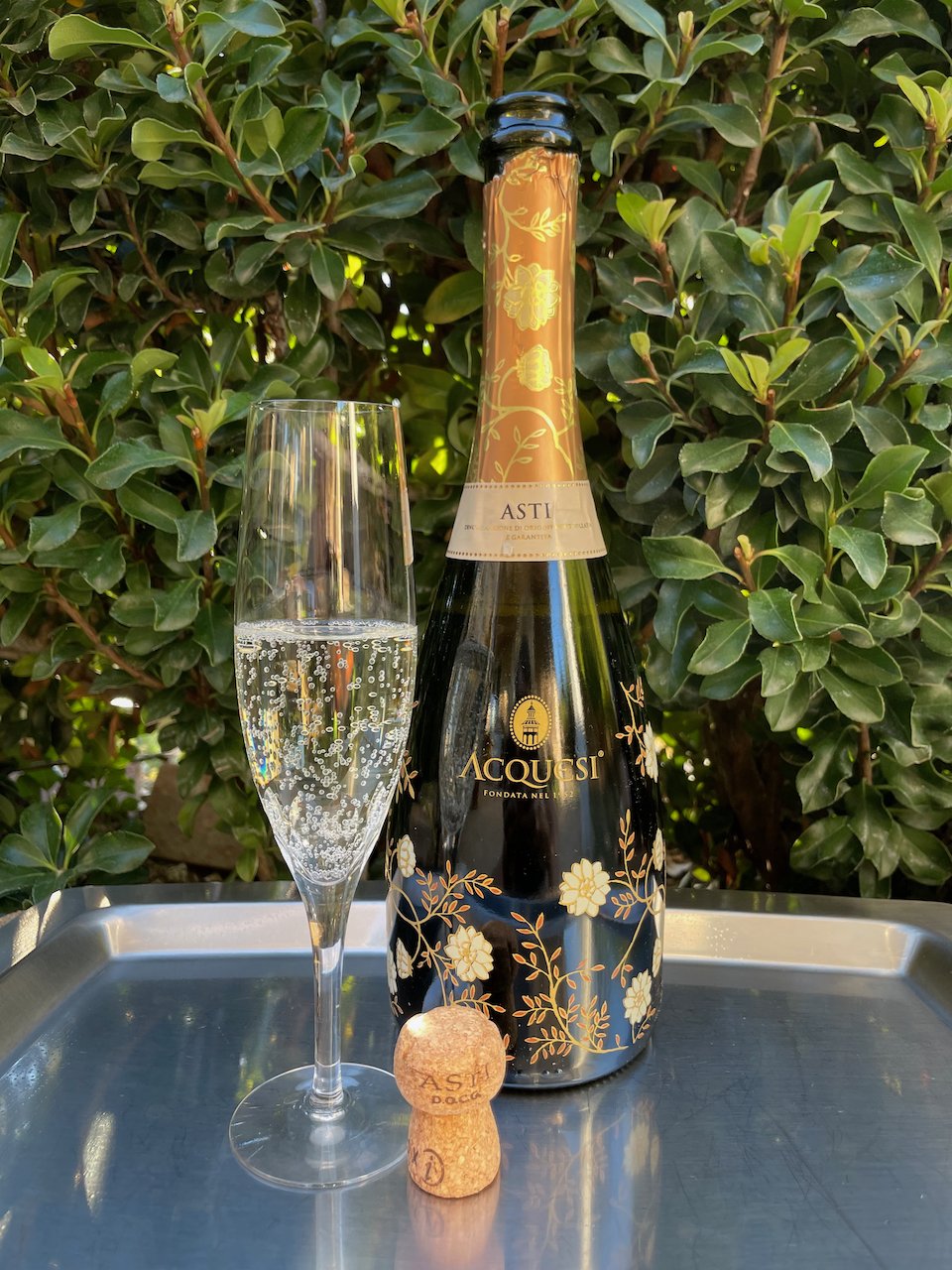When one thinks about decanting a wine, usually it’s a red wine. Decanting a red wine is generally done for several reasons including allowing any trapped off-smelling odors to quickly dissipate, allowing the wine to “open up” to reveal greater character and to help soften its tannin. But, decanting a white wine? Should it be done? The answer is a resounding “Yes!”
Just like red wines, white wines too can have off-odors and the simple act of pouring the wine into a decanter will quickly deal with those issues.
White wines are generally released to market earlier than red wines. But, this can result in a white wine being “closed” in its aromas and flavors. Again, simply pouring it into a decanter can quickly help to “open up” the wine so as to allow for greater aromas and flavors.
Another benefit of decanting a white wine is for temperature control. If the white wine has been stored in a standard refrigerator, it’s a bit too cold to be able to release its aromas and exhibit all of its flavors. So, pouring a white wine into a decanter will allow it to quickly come to the ideal drinking temperature of 45 to 55 degrees F. Also, if the wine is room temperature and you’d like to quickly put a slight chill on it, you’ll find that the thinner walls of a decanter will allow the wine to more quickly chill in a large bucket of ice or in the fridge.
While decanting a red wine can take 1 to 2 hours, decanting a white wine is quick — 15 minutes or less will generally do the job.
There is one caution regarding decanting white wine. If you pull the cork and discover that your white wine has oxidized (e.g., has changed to a dark golden color with some orange or brown color notes) decanting won’t help. It’s already seen too much oxygen in the bottle and giving it further oxygen will only make it worse.
Next time we’ll look at decanting sparkling wines. Yes, even sparkling wines can benefit from decanting! Until then, Cheers!





